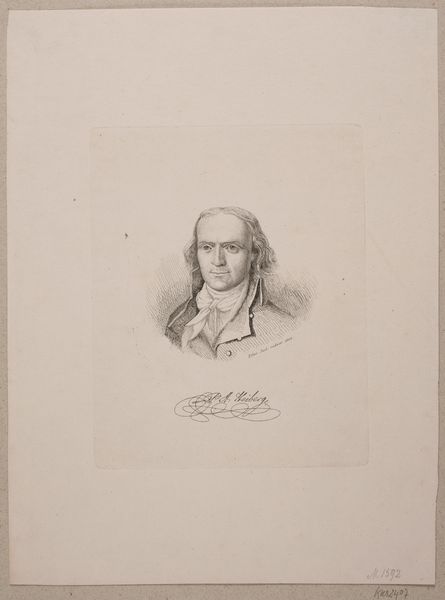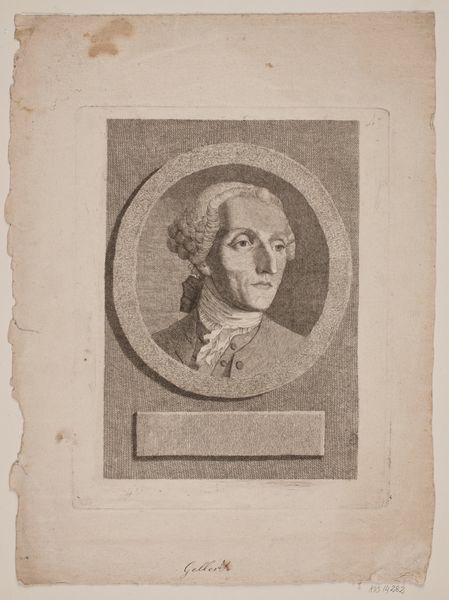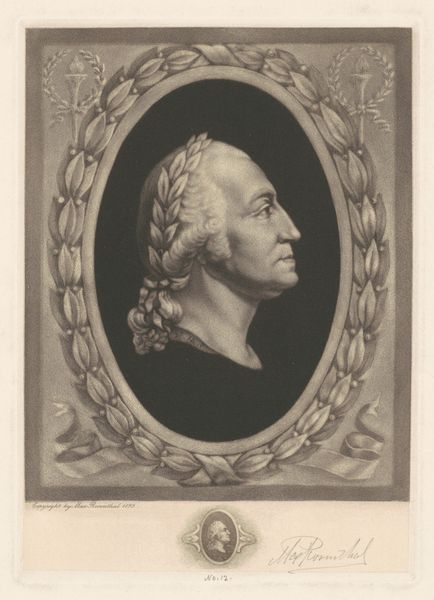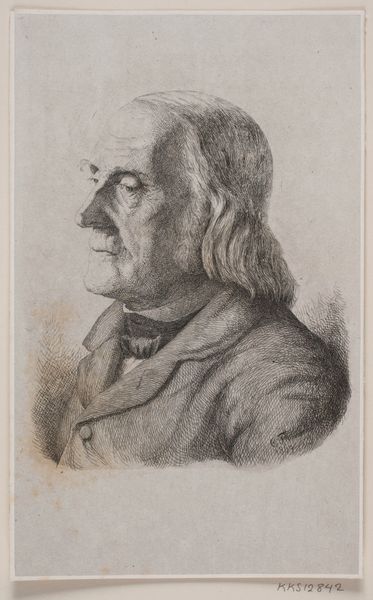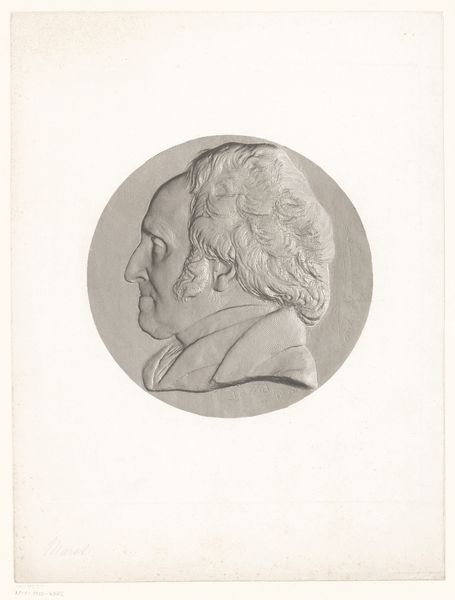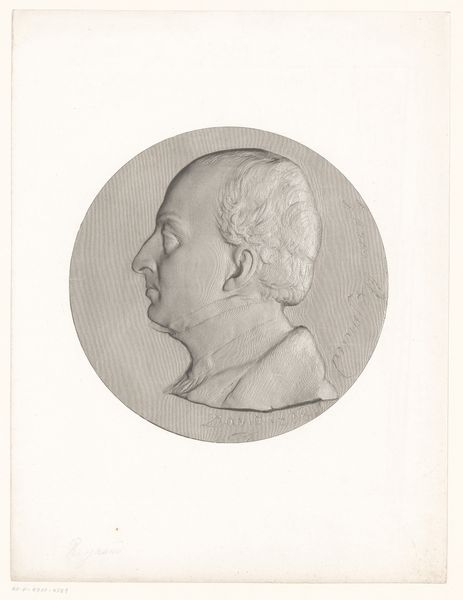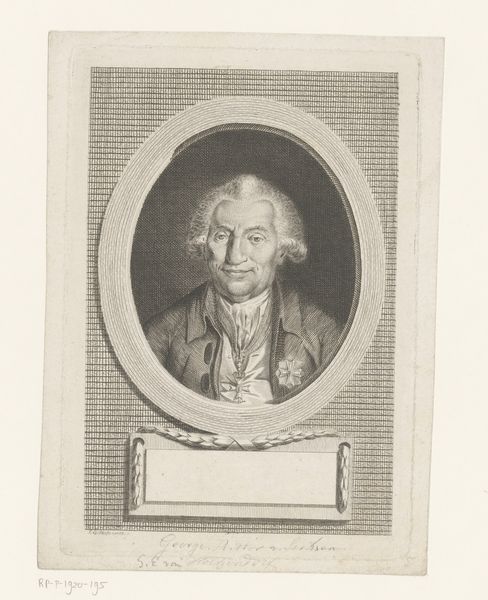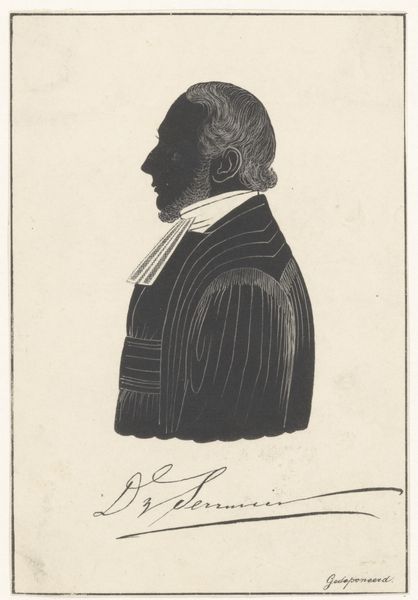
Dimensions: 11 x 6 1/4 x 5 3/8 in. (27.9 x 15.9 x 13.7 cm)
Copyright: Public Domain
Curator: Here we have a marble bust of George Washington by Isaac Broome, crafted between 1873 and 1876. Editor: It’s remarkably clean and precise. It feels almost… manufactured, despite being hand-carved. Curator: Well, Neoclassical sculptures like this often strived for that sense of idealized perfection. The stark white marble enhances that feeling of flawless, timeless authority. Consider the visual impact of the pure white stone, evoking the Roman ideal. Editor: True, but there’s also a certain coldness to it. It's so sanitized, so distant from the realities of, well, making a nation. It almost feels like Washington himself is being consumed and reproduced. What about the materiality of it? It's easy to overlook the work – quarrying, carving, polishing – that goes into something like this. It’s so smooth, it looks weightless, obscuring the manual labor. Curator: Precisely, think of the conscious effort to establish an aesthetic lineage connecting the young United States to the ancient republics. Notice how Washington’s visage echoes classical sculptures of Roman senators, projecting an image of reasoned leadership. Editor: Right. By emphasizing his civic virtue and presenting him within this classical visual language, the work seems to solidify and legitimize his legacy as a leader of the time. Still, that kind of heroic representation is always produced. Where did Broome source the marble? How many assistants worked on it? I wish we knew more about the labor. Curator: That is crucial to contextualize its production in time. Nonetheless, the choice of a permanent and esteemed material like marble suggests an intent to not only represent, but enshrine Washington for generations. Editor: Perhaps, but it also reveals the economic and social power required to commission and execute such a work. What do you think about those issues that surrounded him, as far as the social context it was produced in? Curator: To sum it up, it's a fascinating example of how art can both reflect and construct cultural values, isn't it? Editor: Yes. Looking closely, one is compelled to think deeply about process and historical significance.
Comments
No comments
Be the first to comment and join the conversation on the ultimate creative platform.


